
Mycelium, corks, lyocell fibres; plastic toys, fishing gear, life jackets; microalgae, bamboo, black soldier flies... At Link Sustainability Lab, these seemingly unrelated exhibits scattered across various exhibition zones are unified not only by the Lab’s new theme, but also by the “circular economy” concept.
The Lab has collaborated with A Plastic Ocean Foundation to create three exhibition zones: Institute of BioResources, Beach Litter Reclamation Station, and Green is the New Black. Channel 823 interviewed Willy Kwong, the Foundation’s Executive Director, to discuss what these exhibits can reveal about sustainability and how we can incorporate these lessons into our daily lives.
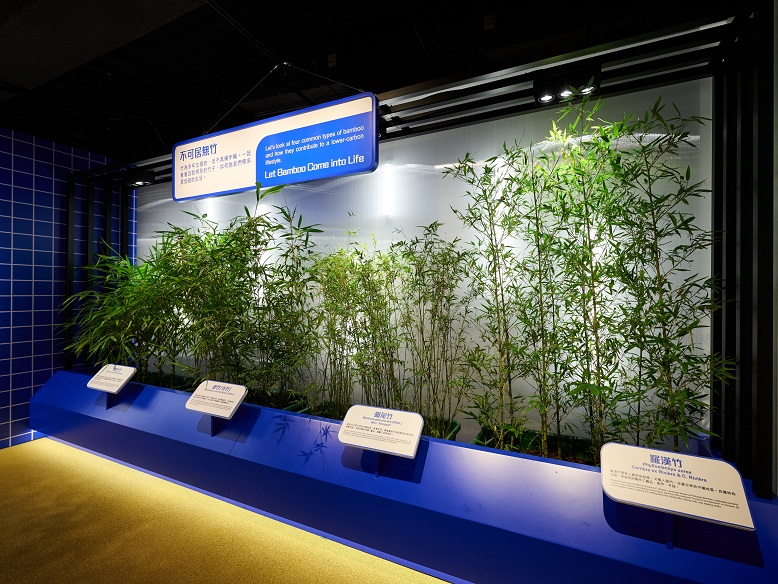
You might be curious why the Institute of BioResources has chosen black soldier flies, microalgae and bamboo to exemplify nature-based solutions. According to Willy, these exhibits are closely tied to Hong Kong’s land and water culture as well as its ecological environment. “Everyone is familiar with bamboo. Hong Kong’s climate and soil are perfect for bamboo cultivation, which not only prevents soil erosion but also acts as a natural barrier against extreme weather.” Furthermore, the use of bamboo in everyday life is becoming increasingly popular. “Bamboo cutlery, bamboo fibre clothing, towels – many people have likely used these already.”
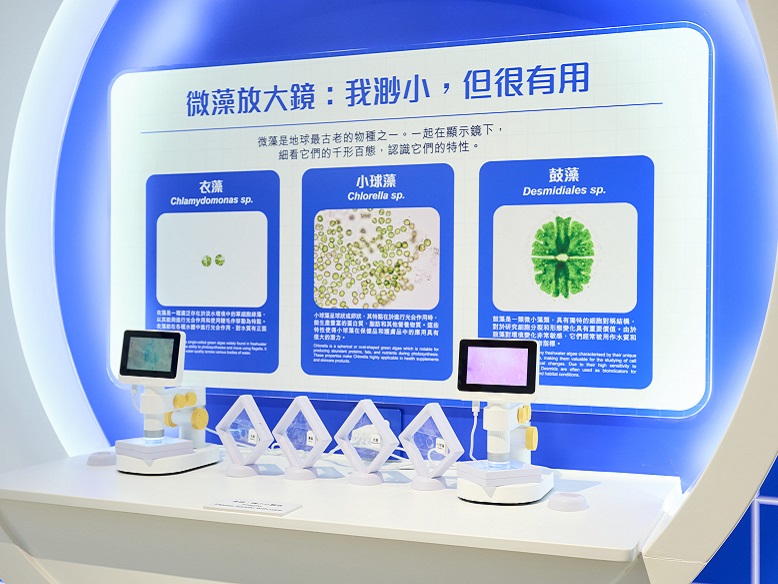
Compared to bamboo, the two other organisms showcased at the Institute of BioResources might offer more novel experiences. Microalgae, which are invisible to the naked eye and only observable under a microscope, have long been considered nature’s “green gold”. “Although there are still many challenges to overcome for large-scale microalgae cultivation in Hong Kong waters, microalgae are already widely used in food, health products, cosmetics and other fields. They hold significant potential waiting to be unlocked.”
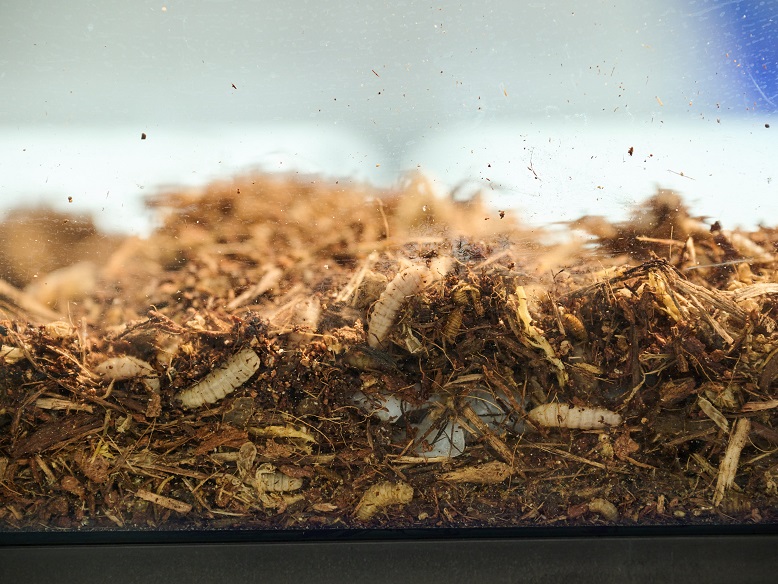
As for black soldier flies, most visitors might not be familiar with them before visiting the Lab. “In fact, black soldier flies are distributed across tropical and subtropical regions and are well-adapted to the climate in Hong Kong. There is no evidence to suggest that black soldier flies cause ecological damage, nor are they considered an invasive alien species. In recent years, they have increasingly been recognized as an effective solution for urban food waste management.”
Q: After learning about black soldier flies’ ability to process food waste at the Lab, can we raise them at home?
A: Raising black soldier flies requires strict humidity and temperature control, as well as a steady supply of organic matter for them to feed on. If not managed properly, it might emit unpleasant odours or attract other pests. Furthermore, black soldier flies have different environmental needs at various stages of their life cycle. For this reason, I would not recommend home-raising to those who aren’t well-versed in their care.
There is a saying that the rubbish strewn across beaches and shallow coastal waters reflects a city’s lifestyle. Willy notes that while the beach waste displayed at the Beach Litter Reclamation Station is only a fraction, it is remarkably representative: “In 2023, Hong Kong collected a staggering 5,000 metric tonnes of marine litter from the city’s shores. Some of it came from fishing activities, such as nets and lines, but the majority was left behind by residents and tourists, primarily plastic bottles and cutlery. When we were planning this exhibition area, we made it a point to highlight these two types of litter. We hope to raise awareness and spark reflection among visitors.”
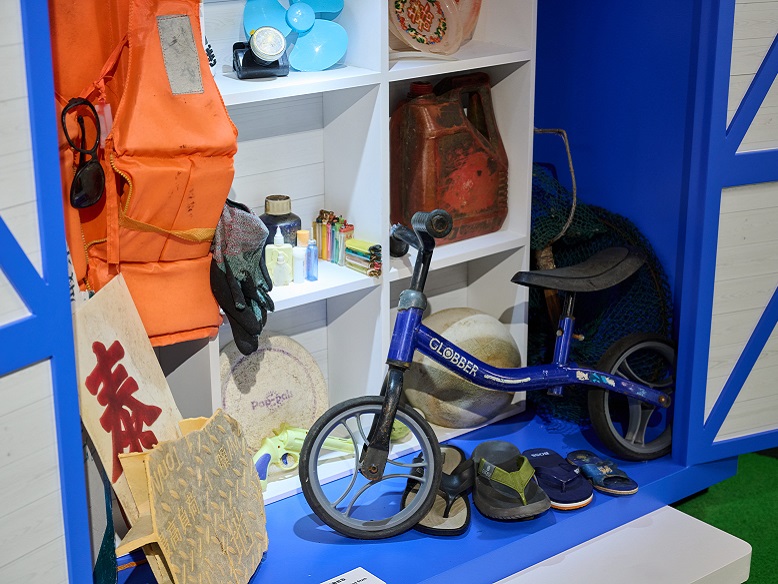
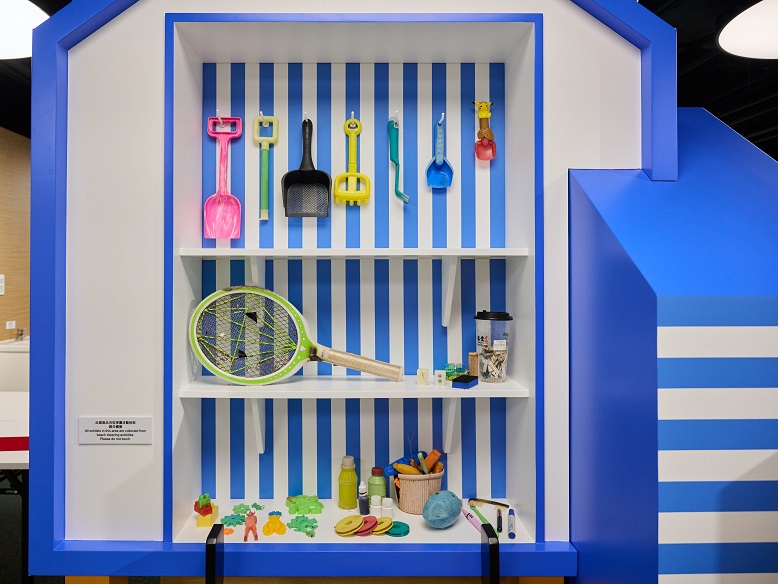
When it comes to the dangers of plastic products, the term “microplastics” is gradually becoming known to the public. “The most straightforward example is when large plastics enter the ocean, break down into microplastics and are then consumed by fish and other marine life. Eventually, these microplastics end up in the human food chain and make their way into our bodies, posing potential health risks.”
However, Willy emphasises that the threat of microplastics to daily life extends far beyond this: “I call microplastics a poison pill. They’re extremely adhesive and can enter human life in many forms. Recent studies have shown that microplastics are found even in the air we breathe. We may be unwittingly inhaling them with every breath we take.”
Q: The Lab features a lot of ocean-related content. What can we do to protect Hong Kong’s marine ecosystems?
A: There are several ways we can help protect the marine environment. We can reduce our use of single-use plastics, participate in beach clean-ups and opt for ocean-friendly sunscreen.
In the Green is the New Black section, you will find traces of bamboo and fishing nets. Willy explains that this exemplifies a key aspect of the circular economy: “Take the fishing nets collected from the beaches, for example. Initially discarded, they have been given a second life thanks to continual technological innovation and growing environmental awareness.”
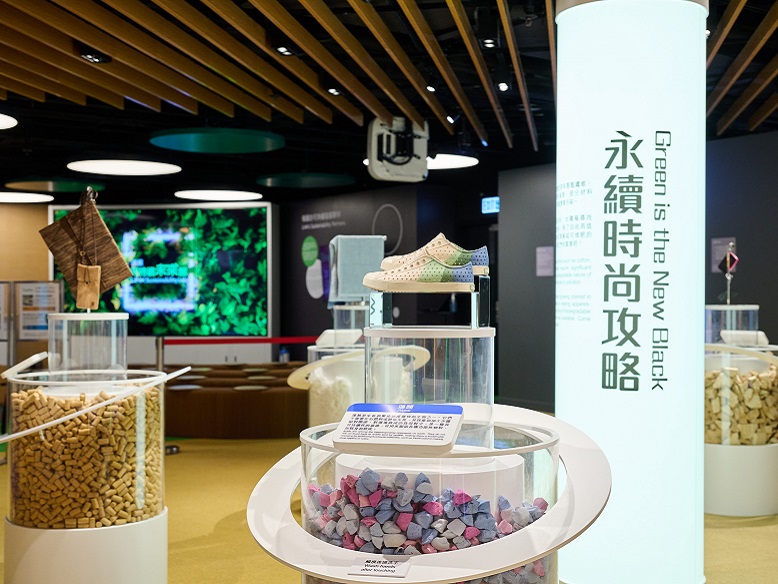
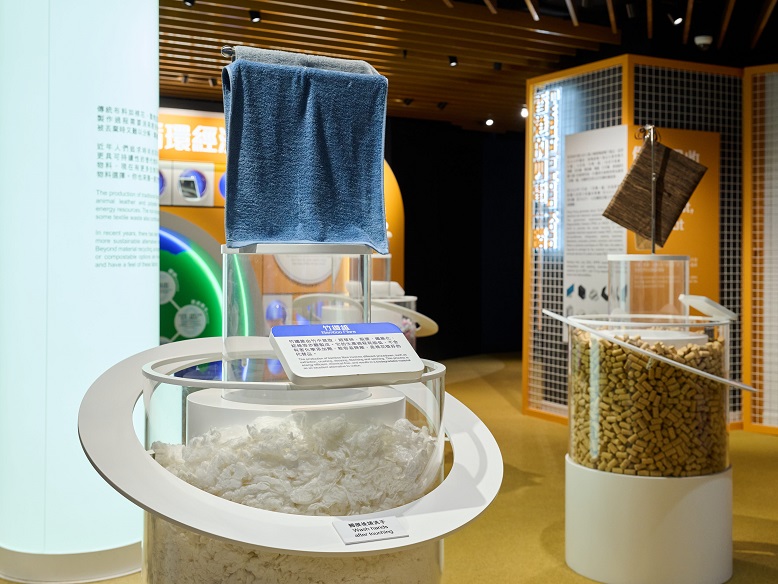
When it comes to sustainable materials, bamboo and timber are relatively well-known. At the Lab, you will also encounter a material called mycelium. “Some people believe that replacing plastic products with paper ones is already a step forward, but sustainable materials are constantly evolving. Mycelium, for instance, can replace plastics and even paper to create packaging and protective materials,” Willy explains. He hopes that everyone will learn about sustainable, “Wearing clothes made of sustainable materials and using products crafted from sustainable resources is another way to embrace a fashionable yet sustainable lifestyle.”
Q: In daily life, how can we tell if products are made of circular materials?
A: In recent years, many brands have begun to clearly indicate whether recycled materials were used and in what percentage on their product labels. When shopping, take a moment to check the labels carefully. It’s a simple way to make more eco-friendly choices.
|
Location |
3/F, Zone A, Lok Fu Place 198 Junction Road, Wang Tau Hom, Kowloon |
|
Opening Hours |
10am to 6:30pm (admission until 6pm daily) Monday to Sunday |
|
Admission |
Free of charge; Walk-in allowed; Guided tour can be offered to groups of 12 or more with prior arrangement |
|
More Information: |